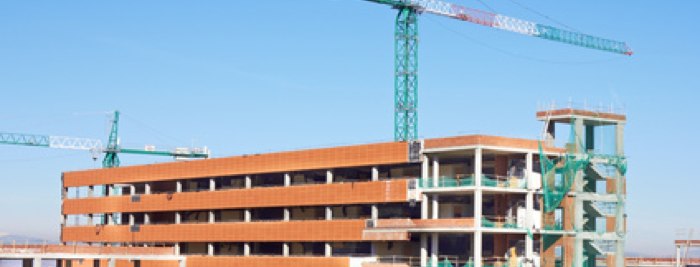Cost Segregation on Older Buildings?
It is impossible for me to calculate the number of calls I’ve had with building owners and CPAs on the subject of Cost Segregation. Working some numbers in my head (ok, on my calculator), the number is likely well over 10,000. Out of all those calls there is one particular item that continues to rear its ugly, uninformed head and I can no longer stay silent. I must respond… with vigor!
The “item” in question comes in the form of the following quote, which I’ve heard too often to count:
“You can only do Cost Segregation on a new building or new renovation.”
I have no idea where this rumor started. I hear it weekly and now I am blogging in rebuttal.
First, I will say an unequivocal “Yes”, it is beneficial to have a Cost Segregation study done when you purchase/construct/renovate a new building. In fact, anyone constructing or renovating a commercial property should have a study completed. However, the true power of Cost Segregation is displayed on buildings that are not new!
“But, you can only do Cost Segregation on a new building or new renovation”.
To officially rebut this statement, I will go straight to the source. The first sentence in the IRS Cost Segregation Audit Techniques Guide – Chapter 6.2 reads:
[box style=”2″][googlefont font=”Sanchez” size=”16px”]”A taxpayer may conduct a cost segregation study on used property and then recompute its depreciation deductions for prior years”. *[/googlefont][/box]
Not only “may” a taxpayer do this but over 75% of our projects are older properties. In the industry we call this the “Catch Up” method, and it can produce powerful results.
Here is an example:
Mr. Client acquires a commercial property for $3,500,000 five years ago and never completed a Cost Segregation Study.
Despite rumors to the contrary, Mr. Client recognizes he may now have an opportunity to benefit from a study (maybe he read this blog post).
Mr. Client hires an expert (GMG for example), who identifies 20% ($700,000) of components that should have been allocated to 5-year life instead of 39 years. Mr. Client jumps for joy when he realizes the IRS will allow him to “catch up” $700,000 of missed accelerated depreciation on his next tax return!
Why doesn’t every building owner and CPA know this?
The answer is simple; it is not their area of expertise. Although some building owners and CPAs have substantial experience with Cost Segregation, most do not. There is a dearth of true educators in this field, which unfortunately leads to much misinformation. These factors have caused countless thousands of building owners to miss out on this powerful tax savings strategy.
All is not lost!
If you own a building and have not had a Cost Segregation study performed, you have not missed the boat. Hundreds of thousands, or even millions, of dollars in tax savings may be available to you. Now that you are aware, let’s see how much you qualify for! Contact Us today for more information.
* Full Link: http://www.irs.gov/Businesses/Cost-Segregation-ATG-Chapter-6-2-Change-in-Accounting-Method


